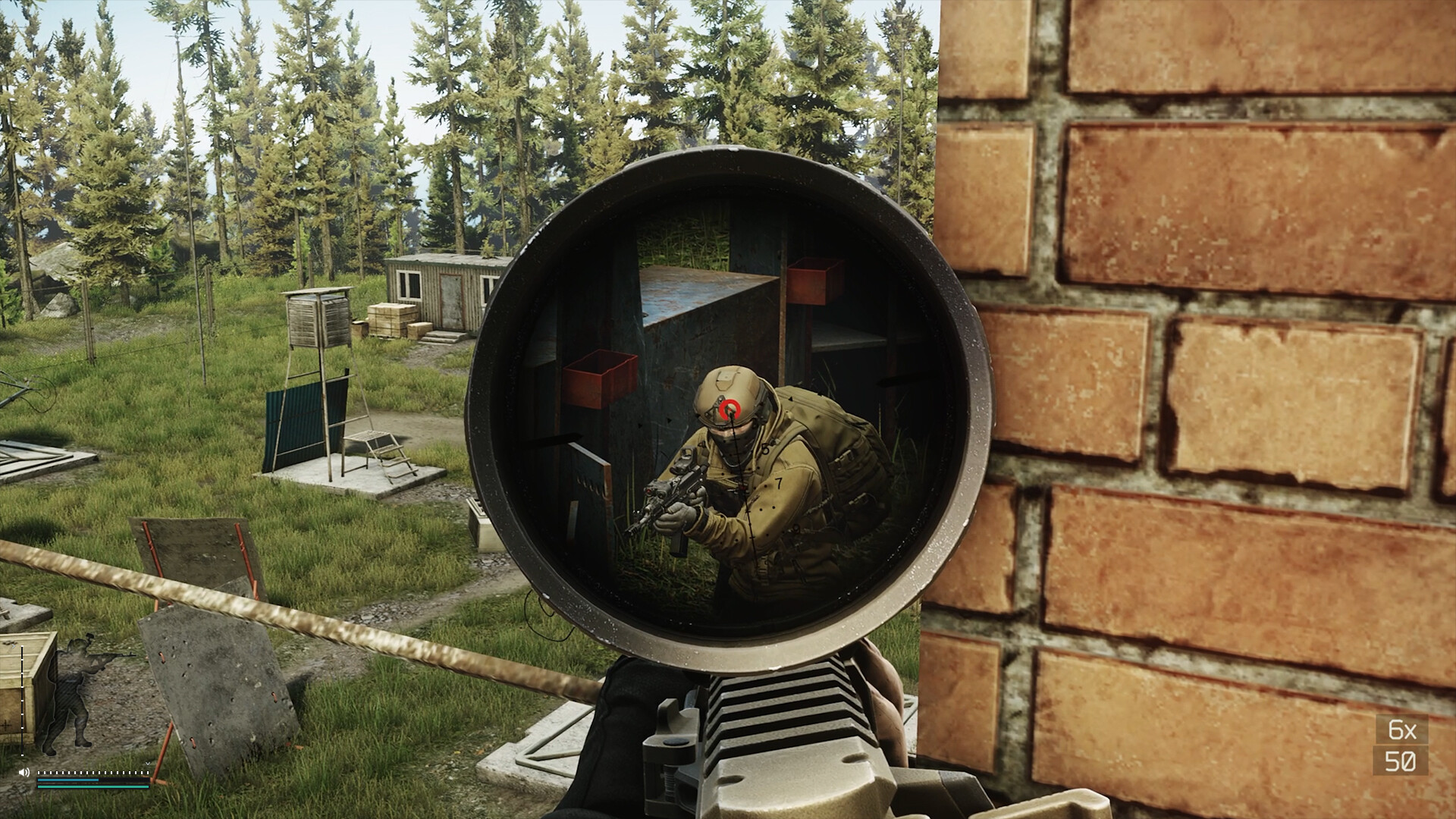Every Final Fantasy Tactics job, rated
We grade the style, sass, shenanigans, and stoutness of Final Fantasy Tactics' 20 classes, and identify their best abilities.
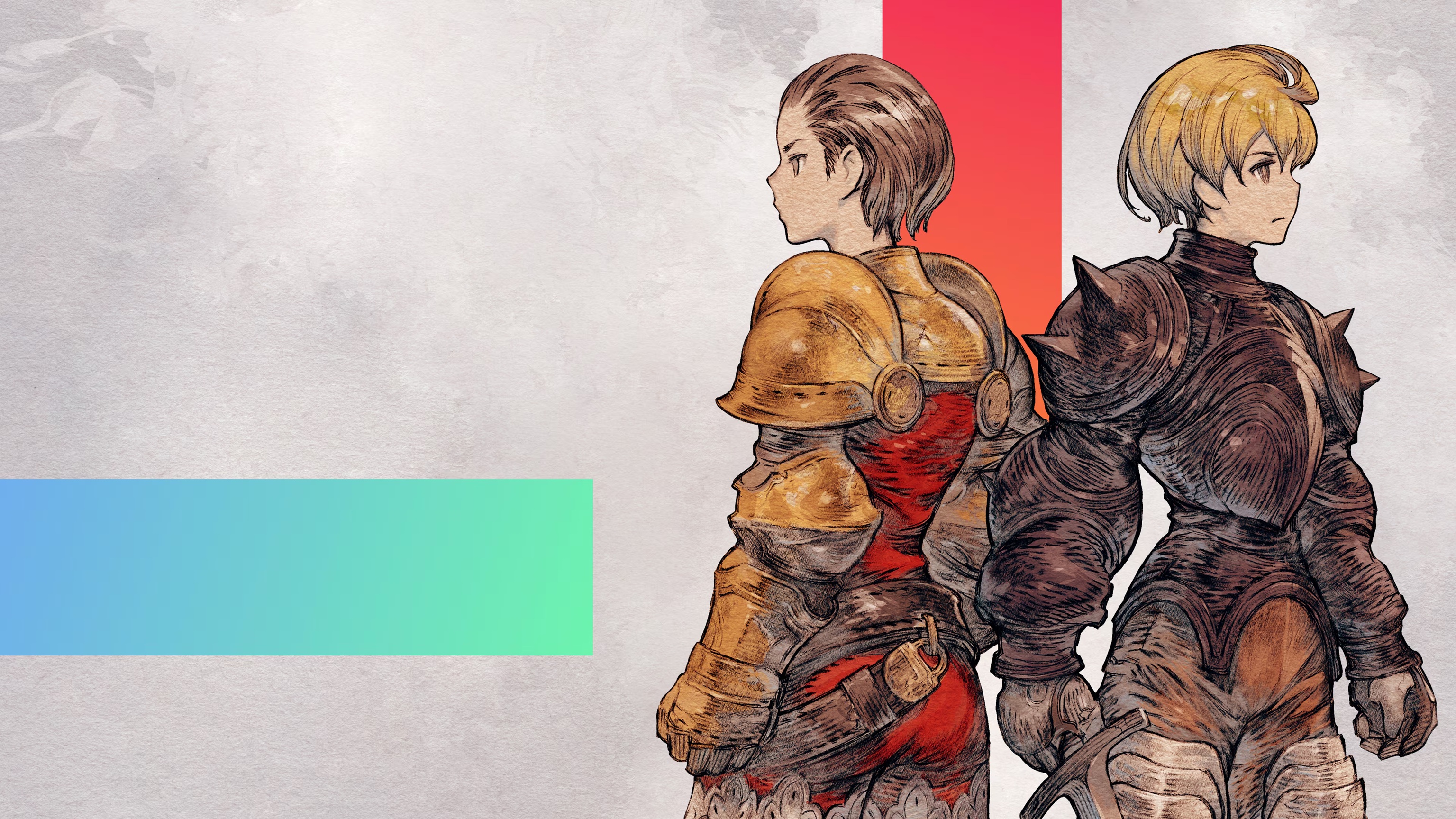
Do you know your Squires from your Mystics? Final Fantasy Tactics has finally made a home on PC, and its entire stable of jobs have come with it. While strategy RPG fans have been eating good for the last few years with the entire genre having a tactical renaissance on PC, Tactics looms above them all, a mythic figure every bit as compelling as Delita, Ramza, and Thunder God Cid, but not everyone can be a legendary armor-busting sword deity. Most of your rank and file allies have everyday Tactics jobs to earn enough to feed their families fresh Chocobo drumsticks.
Over my decades of obsession with this king of strategy RPGs I’ve created a highly scientific system to compare and contrast each and every job across four critical axes:
- Style: Any dummy can swing a sword, but I need more than that, I need fashion sense. How color coordinated is the job, and does their fit have real chutzpah, or did their mom dress them right out of the fantasy Gap?
- Shenanigans: Tactics is where we all learn that rules are meant to be broken, and some jobs laugh in the face of convention in favor of rock throwing, teleporting, stat buffing, and ability copying. These are the best kinds of jobs if you like to break outside the intended norms.
- Sass: Some jobs have serious moxie, whether it’s their ability to wreak destruction, afflict spicy status effects on enemies, or just raw attitude in their abilities and look.
- Stoutness: Does any of the rest matter if a job wilts at the first sign of damage? Well, yes, but how tough a job is and the abilities it can use to stay alive make a big difference in how useful the rest is.
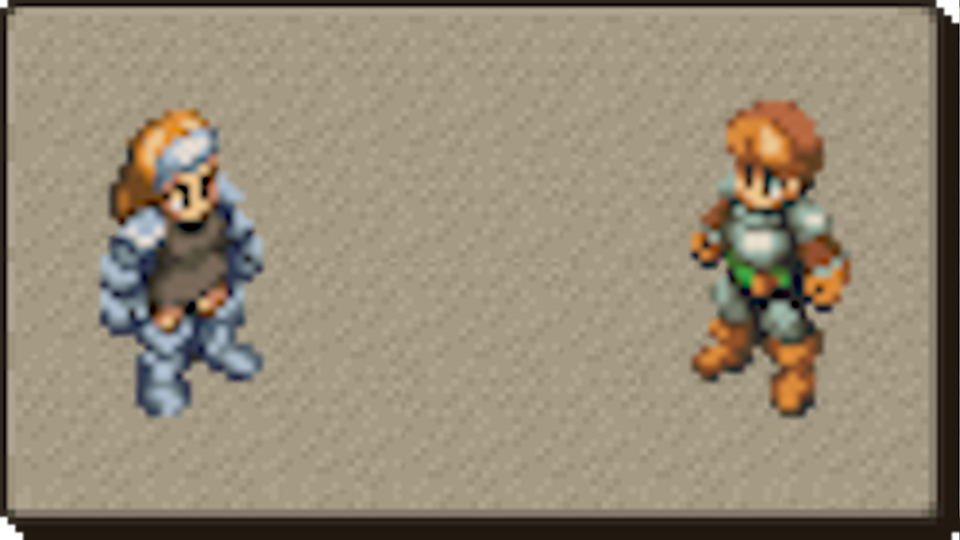
Squire
Style: 3 Shenanigans: 8 Sass: 1 Stoutness: 4
Best abilities: JP Boost, Focus
Everyone has to start somewhere, and Squire is the lowest rung on the job ladder, but the default job does have a few things going for it. For one, Squires learn JP Boost as a support ability, essential for the entire game. While nobody is ever afraid of a Squire and their pitiful attack stat, their Focus and Throw Stone abilities are extremely useful throughout the game for giving you a method of guaranteeing you’ll generate XP and JP on your turn. Better yet, Ramza has an upgraded pool of Squire abilities to pull from, including the fantastic Tailwind (and later Shout) to buff yourself or an ally’s speed.
The Squire is boring to look at in their mishmash of leather and metal armor and a pushover in terms of hitting power, but some of their skills are critical for all kinds of things: like power leveling or just buffing yourself repeatedly before going in to tackle a tough boss.
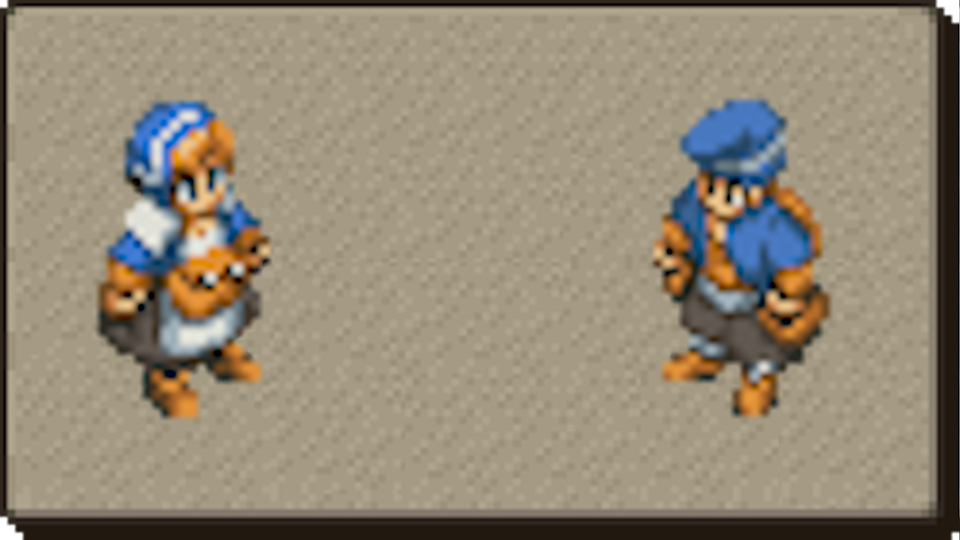
Chemist
Style: 4 Shenanigans: 5 Sass: 4 Stoutness: 8
Keep up to date with the most important stories and the best deals, as picked by the PC Gamer team.
Best abilities: Auto Potion, Throw Item
It’s easy to see the Chemist as "Squire but for nerds" since it’s the other starter job, but the Chemist has some real longevity. Using items is the most reliable way in Tactics to heal—since items aren't modified by your target's Faith stat and can’t miss, it’s a guaranteed way to revive your allies.
While eventually healing spells and summons can hit larger areas and heal for larger amounts, there are other reasons to pay attention to the Chemist. The biggest is their reaction power Auto Potion: in the running for the most powerful Reaction in the game, with a high chance to automatically feed you your lowest level Potion type when you take damage. There’s also the fact the Chemist can equip guns—that’s right, your friendly team pharmacist is packing fantasy heat.
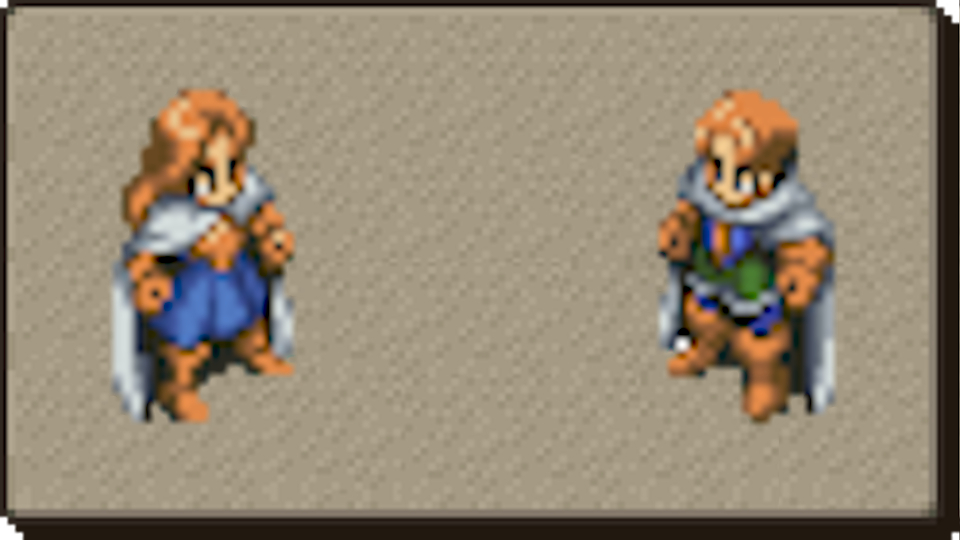
Knight
Style: 5 Shenanigans: 5 Sass: 6 Stoutness: 10
Best ability: Rend Weapon, Equip Heavy Armor
From the moment you have access to the Knight it’s a feeling of power. Granting immediate access to heavy armor and shields already makes the Knight one of the most durable jobs, but the easily acquired Parry reaction skill lets you add even more chance to evade attacks (worth noting that the White Mage has some staves that really benefit from Parry), but they’ve also got strong offensive stats and access to powerful knight swords.
Their Art of War skills are feast-or-famine, either missing and wasting your turn or delivering a critical debuff to an enemy like Weapon Break. Amazingly, they also combine excellently with ranged weaponry through Support abilities like Equip Gun or Equip Bow, allowing you to re-enact your favorite western and literally shoot the weapon out of an enemy's hand. If that isn’t cool enough for you, I can only point at the incredibly boss looking cloaks they get to wear.
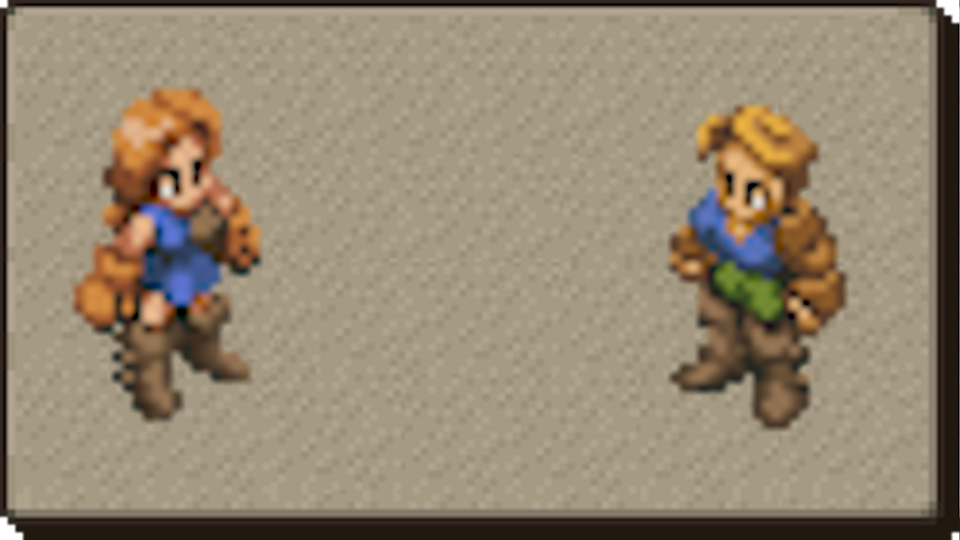
Archer
Style: 3 Shenanigans: 1 Sass: 3 Stoutness: 4
Best ability: Concentration
With the pedigree of most bow-wielding heroes in fantasy, it’s extra disappointing how underwhelming the Archer ends up being. Wielding bows and crossbows in their massive oven mitt gloves, the Archer stays safe at a distance, but they don’t deal enough damage to stay useful. Archers are burdened with the worst job skill, Aim, which delays your attack and lowers your defenses in return for more damage. However, the trick is that your attack won’t follow the enemy, so if they get a turn before your attack goes off they can just stroll away.
The possibility of bonus damage is nice, but Aim commits the biggest sin of all: it’s boring, with several thousand hard-earned job points just getting you small boosts of damage. In fact, the only abilities that the Archer has worth noting are the Support skills Concentration—which makes attacks not miss—and Equip Bow.
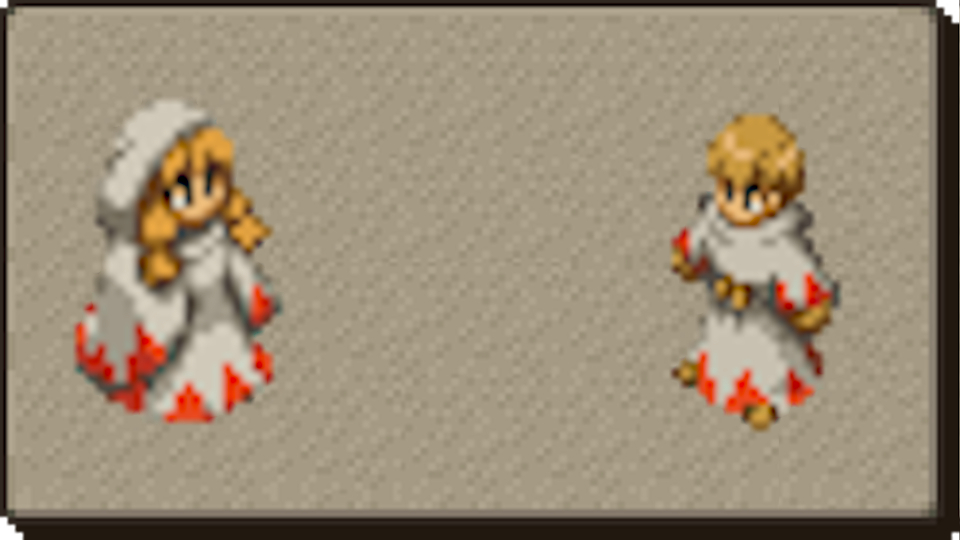
White Mage
Style: 4 Shenanigans: 5 Sass: 6 Stoutness: 2
Best abilities: Curaja, Arise, Regenerate
One of the first jobs that slings magic, the White Mage is the standard healing-and-supporting type, complete with white robes with sharp red trim that look suspiciously like bedsheets. The White Magic skill can heal allies, remove status effects, revive the fallen, and give them defensive buffs—but with the downsides of spells having casting times, and that the results are based in part on your target's Faith stat. This means that healing someone with low Faith is going to be underwhelming, and it can likewise be difficult to get buffs to succeed.
Aside from all that support duty, White Magic packs a secret weapon: the Holy spell, which hits like a magical bread truck full of anvils. Sadly, White Mages are also stuck in the wizardly category for gear, so they have minimal HP and low defensive stats, though some of the better staves for the White Mage can benefit from the Knight’s Parry Support skill and equip their own Magic Defense Boost Support skill.
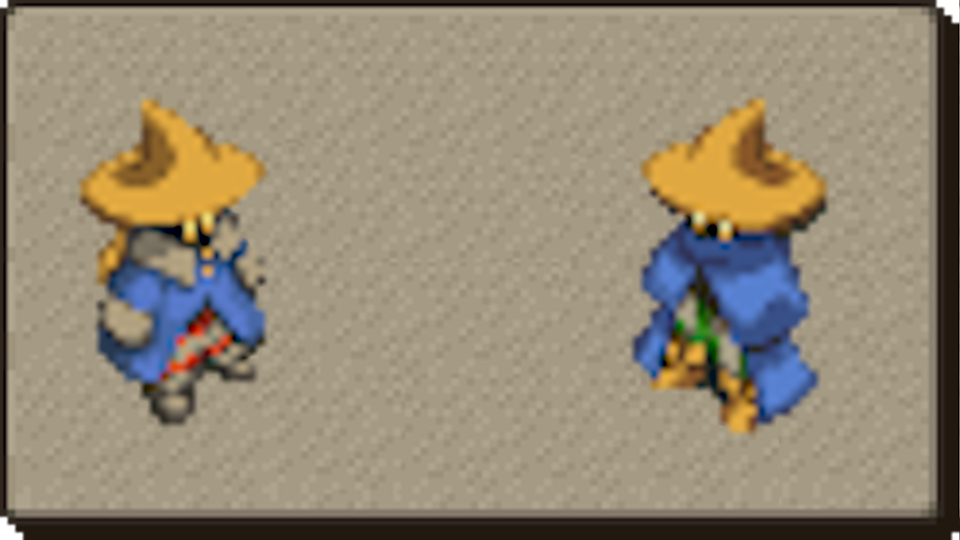
Black Mage
Style: 6 Shenanigans: 5 Sass: 7 Stoutness: 1
Best abilities: Flare, Arcane Strength
The other half of the light-and-dark magic duo, the Black Mage trades having a face for neat blue robes, a big pointy hat, and a bucket of elemental magic. With all the standard lightning bolts, fireballs, and deadly ice cubes at their command, the Black Magic skill is reliable throughout the game, though like all magic it’s still at the mercy of the target's Faith stat.
While they’re mostly just amusing (bonus Shenanigans points, though), Black Magic also has a couple of status spells, the best of which is the classic Toad spell—which renders an opponent useless if successful. One of the most handy things to take away from the fragile Black Mage is also their support skill, Arcane Strength, which not only increases the damage of spells, but also increases their success rate.
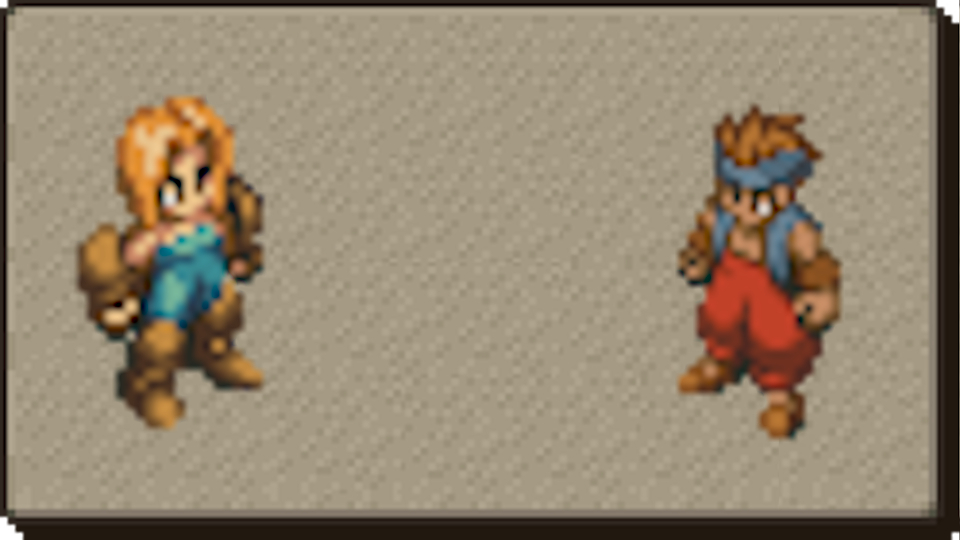
Monk
Style: 6 Shenanigans: 5 Sass: 6 Stoutness: 6
Best abilities: First Strike, Critical: Recover HP, Revive
It's a special moment when you first get a Monk on your team, and one that’s typically followed by your entire team turning into Monks and the next battle resembling an unruly karate tournament. The punch-bread and kick-butter of the Monk job is their Martial Arts skill, a tremendously useful toolbox of skills that allow them to strike enemies from a distance, damage entire rows of foes on the same height, heal themselves and allies, and more.
If this wasn’t enough, they’ve also got two excellent Reaction skills in Counter and First Strike, the latter of which cancels an opponent's melee attack and replaces it with your own. Combined with their high physical attack and physical evade, Monks are dangerous and useful in every situation—even on the high fashion runway, showing off their fall catalog looks.
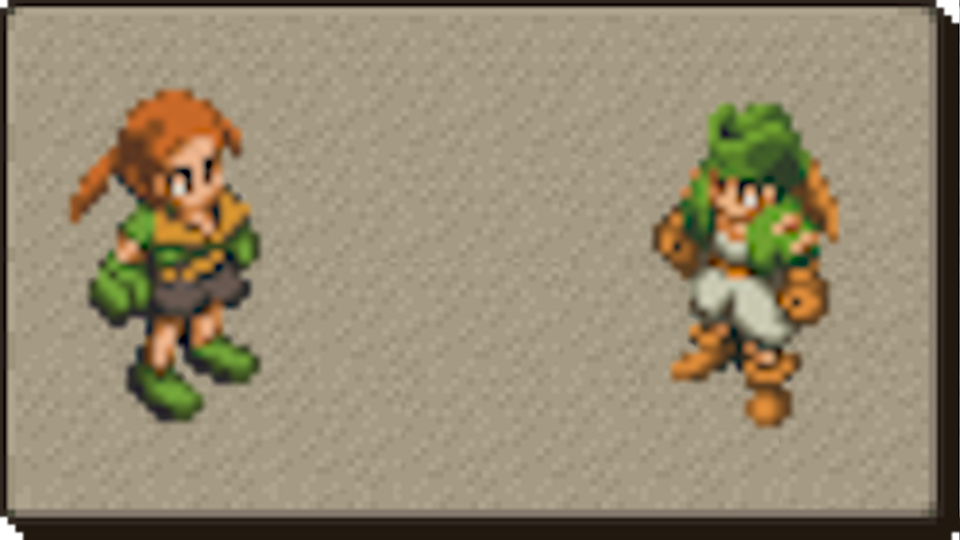
Thief
Style: 7 Shenanigans: 6 Sass: 3 Stoutness: 4
Best ability: Movement +2, Steal Heart
Masters of thrift and grift, the Thief job takes the approach that enemy gear is really just their gear being temporarily stored on enemies' bodies. The Thief skill Steal works as you’d expect it to—letting you make off with enemies' equipment for yourself—but it also has one more incredibly useful feature in the ability to charm enemies with the Steal Heart skill.
Despite their serious style and attitude, the Thief’s weak base stats make it difficult to stick with, serving far better as a job you learn key skills from and then move on. In Tactics, crime pays, but with a postdated check.
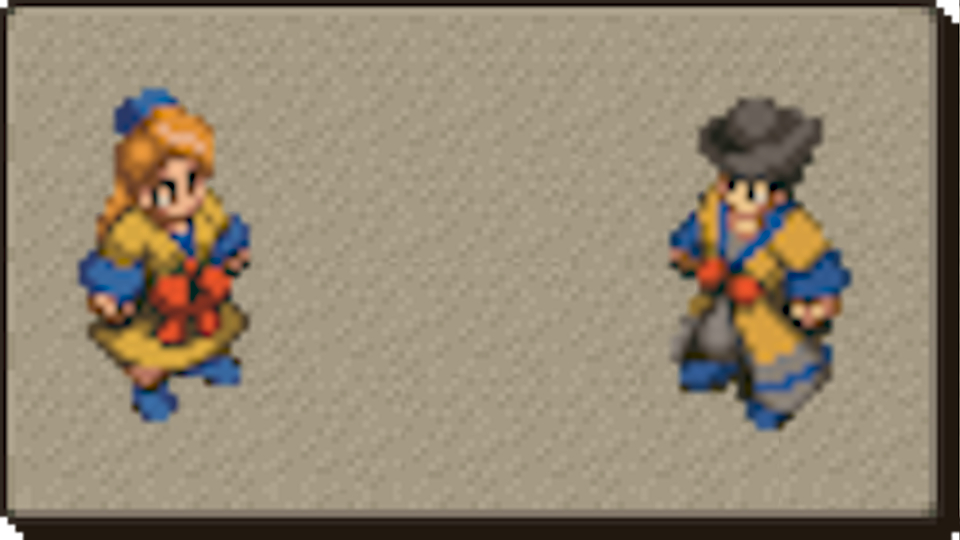
Mystic
Style: 8 Shenanigans: 8 Sass: 6 Stoutness: 3
Best abilities: Invigoration, Manafont, Defense Boost
Dressing like a last-minute Halloween costume of an unsharpened pencil is certainly a strong statement, but the Mystic owns the look. Mystic is a tricky job, as a magic user whose Mystic Arts skill is composed of nearly all debuffs, having them miss enemies can be frustrating. If you spend some effort maximizing their success chances with equipment and support skills like Arcane Strength, they can wreak havoc on enemies, dropping a silence or berserk on a dangerous magic user or just putting enemies to sleep while you deal with their friends.
They can equip poles and rods, which attack at a helpful range of two. They’ve also got the innocuous but useful Manafont Movement ability, which recovers a portion of MP every time you move.
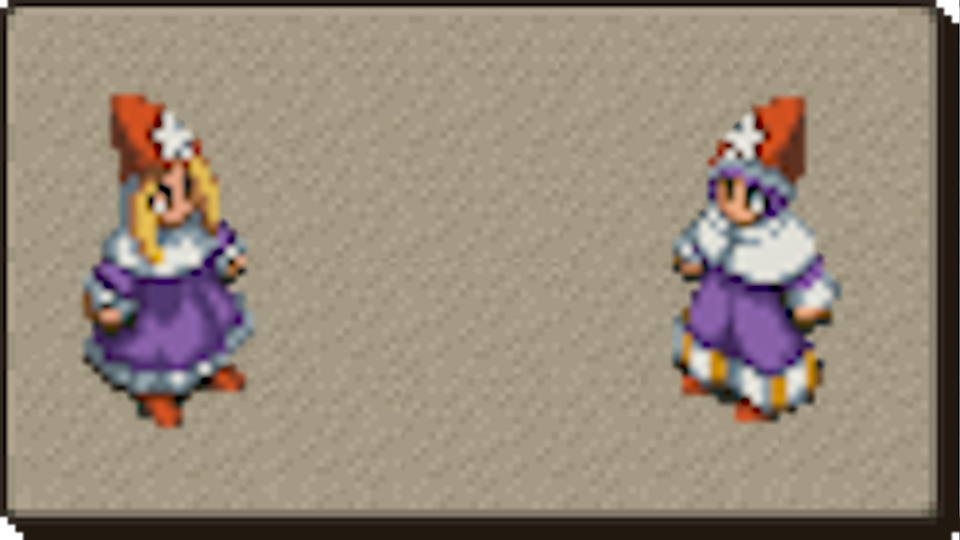
Time Mage
Style: 1 Shenanigans: 6 Sass: 3 Stoutness: 2
Best abilities: Teleport, Haste, Meteor, Swiftness
There’s a lot of useful stuff packed into the Time Mage job, though most of it works better if you’re not a Time Mage anymore. The Time Magic skill has powerful buffs like Haste and Reflect, powerful debuffs like Slow and Stop, and the devastating-but-glacially-slow Meteor. With their other skills, Time Mages really shine: the reaction skill Mana Shield shifts all damage you take to MP first, The Support skill Swiftness lowers the charge time of all spells, and the Movement skill Teleport allows you to ignore heights and move as you wish (usually).
But meddling with the elemental forces of time had to come with a downside, and the Time Mage is burdened with looking like they were dressed by accident in a collision with a Bed, Bath, and Beyond in Vatican City.
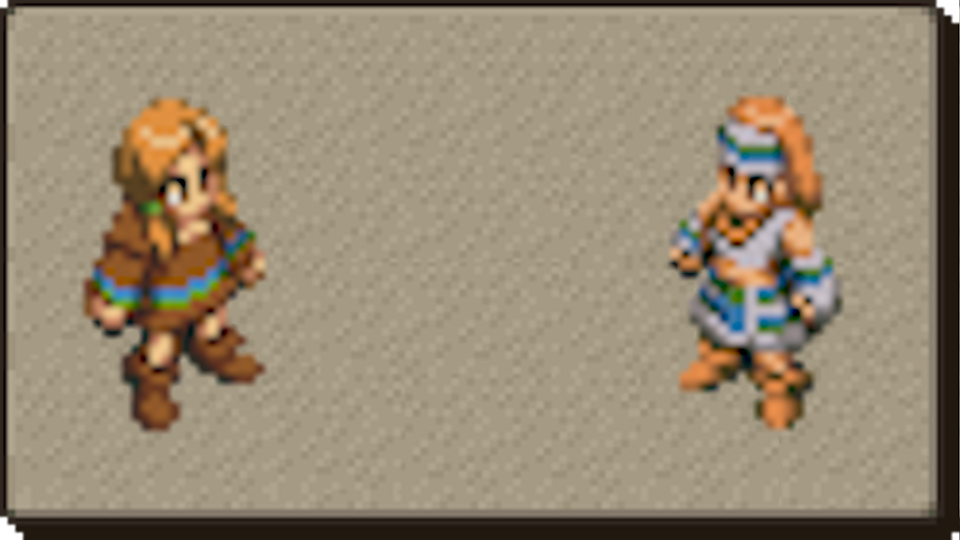
Geomancer
Style: 6 Shenanigans: 6 Sass: 5 Stoutness: 5
Best abilities: Tanglevine
Wielding the power of nature magic in hippie tunics, Geomancers sidestep most of the typical magic-user package in favor of being a well-rounded job with a handy skill. The Geomancy skill allows the Geomancer to use an area-of-effect magic attack based on the type of ground they’re standing on, each different type also has a chance to cause one of a wide variety of debuffs.
While the Geomancy skill does modest damage, it also doesn’t use MP, has no charge time, and doesn’t miss—making it incredibly reliable. Geomancer also has good stats and equipment all around, with high physical and magical attack, HP, and MP, plus the ability to equip swords, axes, shields, and all light armors.
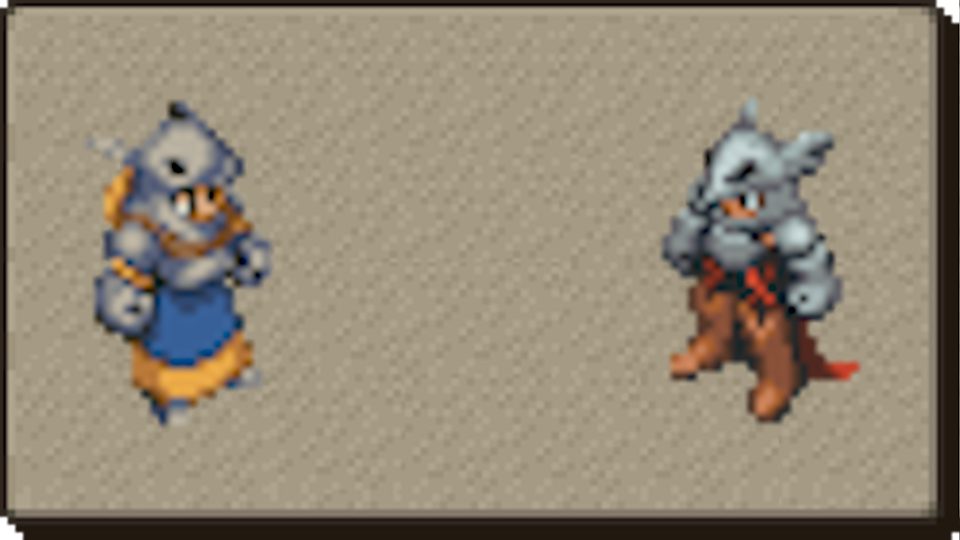
Dragoon
Style: 8 Shenanigans: 2 Sass: 7 Stoutness: 9
Best abilities: Horizontal Jump 8
The Dragoon is a powerful and sneakily tough job, wielding polearms that can strike from two tiles away and stomping on enemies from across the battlefield when you invest in their Jump skill. With high attack stats and access to heavy armor with imposing winged helmets, the Dragoon starts out strong, but their toughness also comes from easily avoiding enemy counter skills by attacking from two tiles away, or from using their Jump skill to leave the battlefield temporarily.
The only real weakness to the Dragoon is that their skills are so straightforward they’re boring. Jump is excellent, but just like the Archer, it's hard to get excited about spending hard won job points on the next +1, and the Dragonheart reaction is neat in concept but not very useful in reality.
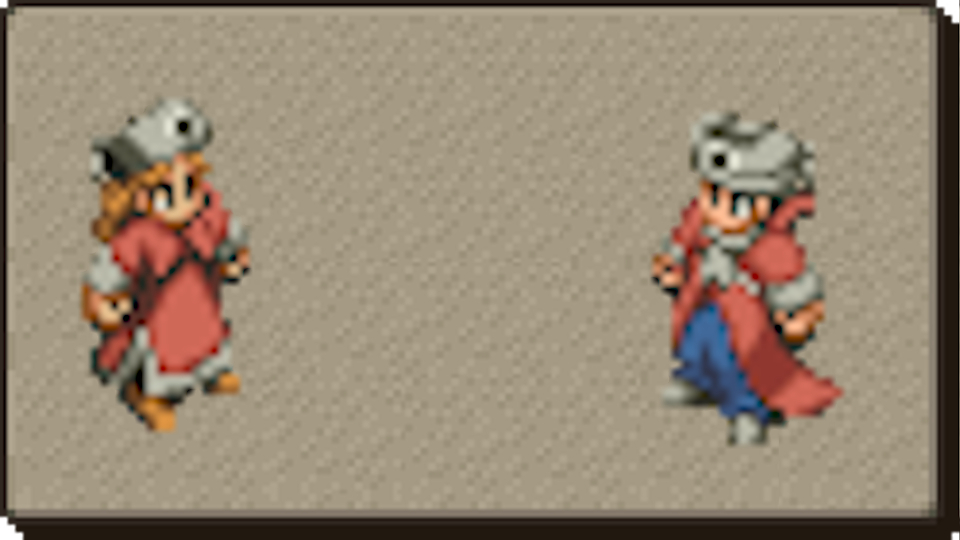
Orator
Style: 7 Shenanigans: 8 Sass: 9 Stoutness: 4
Best abilities: Tame, Mimic Darlavon
Taking style tips from Soviet commissars, the Orator has powerful hat game and backs that up with damage-dealing rhetoric. With their Speechcraft skill Orators can raise and lower Faith and Brave, debuff enemies with sleep or berserk status, and even recruit enemies to join you. Most notably, their Faith and Brave increases will permanently raise the target's respective stat each time, which can be a serious way to power up your allies over multiple battles.
Orators are also the only job other than Chemist which can innately equip guns, which gives them a ranged attack option when they aren’t buffing and debuffing.
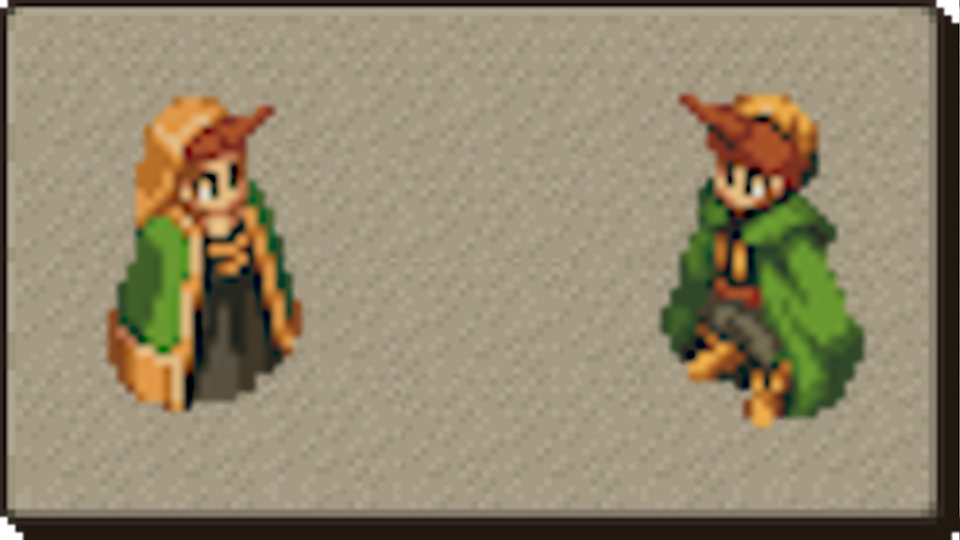
Summoner
Style: 3 Shenanigans: 6 Sass: 8 Stoutness: 2
Best abilities: Any of the tier two summons, Halve MP
Summoners are the perfect example of how vast magical power can’t overcome a weird wardrobe choice, as they’re stuck with their little unicorn hats despite access to eldritch beings of immense power. With a long list of elemental spells, the Summon skill is unique in how big the area of effect is, and the fact it cannot accidentally harm allies.
The Summon skill also has access to healing, a few buffs, and even a mass silence—all of which gives the Summoner versatility. Of the rest, the Summoner’s Halve MP Support skill is the only standout, useful for most MP hungry casting classes.
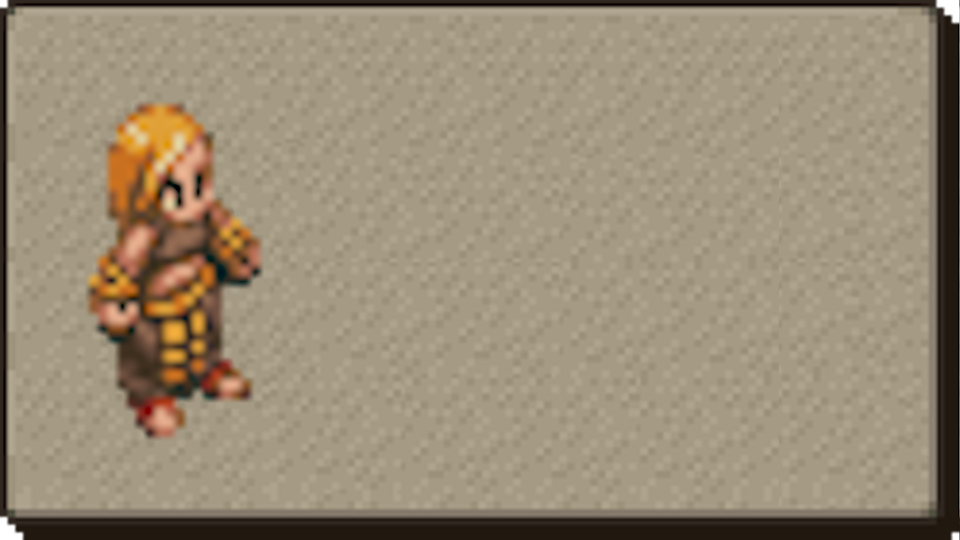
Dancer
Style: 4 Shenanigans: 4 Sass: 3 Stoutness: 3
Best ability: Mincing Minuet
As one half of the duo of "gender-locked, confused musical theater majors" jobs, the Dancer is focused on handing out debuffs to enemies while fighting (for some reason) with a rug. With their Dance skill, the Dancer can do small ticks of damage to HP or MP, or apply various stat debuffs or status debuffs to all enemies, regardless of where they are on the map. While this is a fun concept, it comes with some big downsides, as the Dance skill has to charge before going off, and the Dancer is vulnerable while they’re using it.
Functionally, this means you’ll be playing with one less party member, since your Dancer does their job best hiding off in a corner, which is an odd choice for a job that clearly wants to be the center of attention and wears scandalously little clothing to battle.
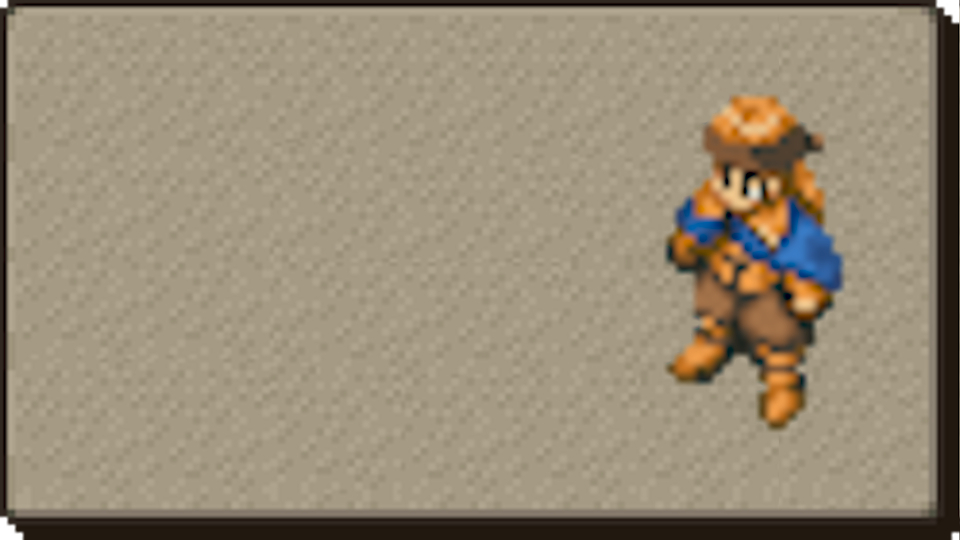
Bard
Style: 2 Shenanigans: 5 Sass: 3 Stoutness: 3
Best abilities: Movement +3, Life's Anthem, Rousing Melody
The other half of the weird musical job duo, the Bard goes for the inverse plan: handing out buffs to all his allies with the Bardsong skill and fighting with a musical instrument. Bardsong is an inverse of the Dance skill, allowing the Bard to buff stats, heal small amounts of HP or MP, or give buff statuses out—all from anywhere on the map. Just like the Dancer, the Bard has to charge between each tick of Bardsong, and they’re vulnerable while singing.
Overall the Bard is probably slightly more useful than the Dancer if your party is all-in on a similar strategy, since the Bard can hand out uniform increases to Physical or Magical Attack stats (but not a mix of both at once). All of this still relegates the Bard to a position of shame in the map corner, where he and his mullet belong.
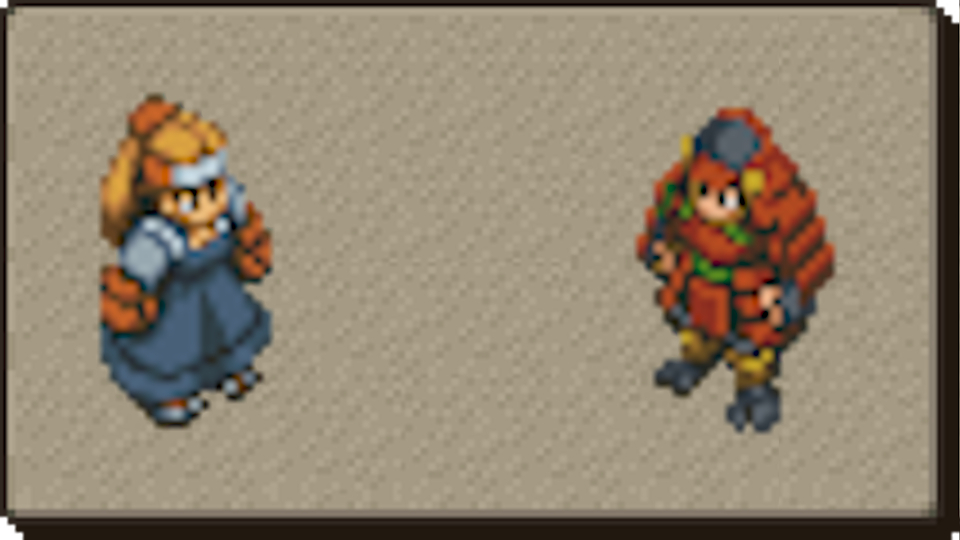
Samurai
Style: 10 Shenanigans: 5 Sass: 8 Stoutness: 7
Best abilities: Doublehand, Chirijiraden, Masamune
As the pinnacle of cool, the Samurai is packed with power and versatility while strutting around the battlefield in their lamellar armor. The Samurai has high base attack and physical evasion, plus access to the Shirahadori Reaction skill, which drastically improves the Samurai’s chance to avoid physical attacks of all kinds—though they are more susceptible to magic attacks, since they don’t equip shields.
With their Iaido skill, the Samurai can risk breaking (12.5% chance each time) a katana to invoke its specific power, which usually is an area-of-effect of damage around them. Some specific swords can heal allies, damage enemy MP, buff allies, or debuff enemies—but beware, Iaido damage is based off Magic Attack and not Physical, and the better skills usually risk the better katanas from your inventory.
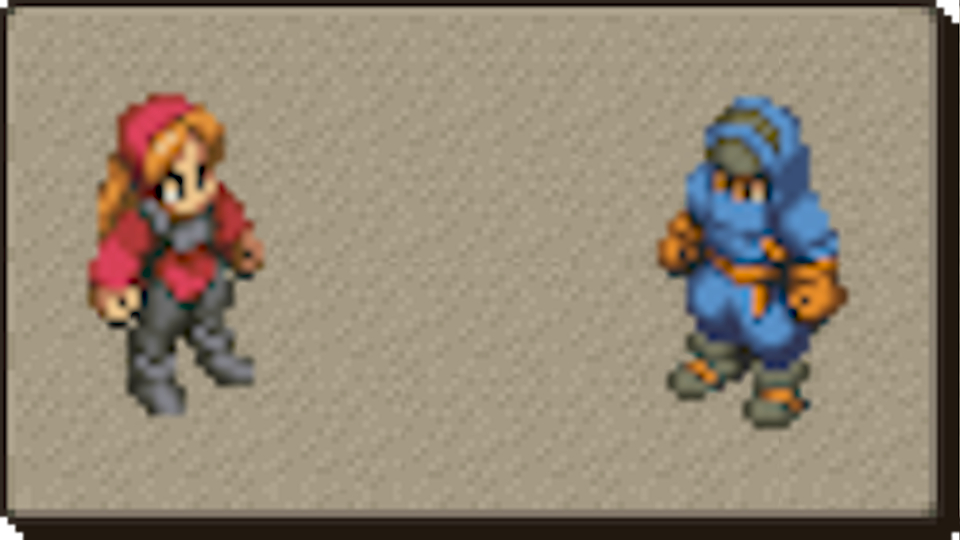
Ninja
Style: 9 Shenanigans: 6 Sass: 9 Stoutness: 7
Best abilities: Dual Wield, Reflexes, Throw Book
Winners of every playground argument and fight since the beginning of time, the Ninja job lives up to the hype in both look and ability to flip out and murder enemies. The Ninja’s innate dual-wielding ability allows them to equip a ninja sword (or flail) in each hand and attack with both, but they’re also packing the highest Speed and Physical Evasion in the game and still have high Physical Attack. Their Throw skill gives them high damage at range, based on their Speed (and the Strength of the weapon you pick to throw), but they can output truly staggering damage in melee.
The Ninja can become nearly impossible to hit if equipped with a cloak accessory and either the Samurai Shirahadori Reaction skill or the Ninja’s own Reflexes reaction skill, and likewise other jobs can learn their Dual Wield Support skill to become deadly melee combatants.
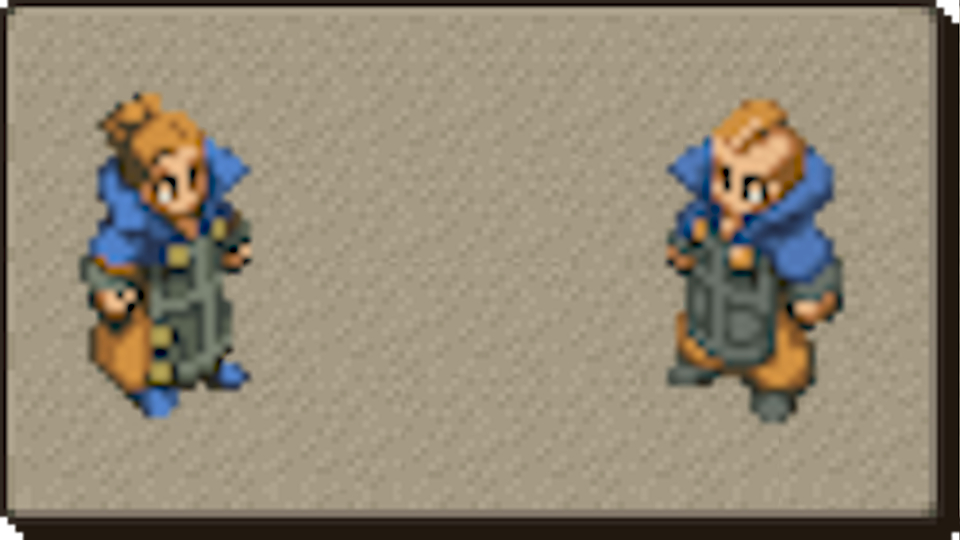
Arithmetician
Style: 5 Shenanigans: 10 Sass: 10 Stoutness: 5
Best abilities: Height, Multiple of 3-5, EXP Boost
Striking a bizarre pose in their Dracula collars and weird math-smocks, the Arithmetician is the strangest job in Final Fantasy Tactics. Before you set out to understand the Arithmetician, ask yourself one critical question: Do you enjoy taking five minute turns with a single unit that involve using a handheld calculator and ultimately trivializing all battles? If not, Arithmetician may not be for you. The simplest way to explain the Arithmetician job and their Arithmeticks skill is that they have no innate spells of their own, but have access to other magic skills from other jobs—like Black Mage, White Mage, Time Mage, etc—and learn different modifiers that allow them to cast those spells without using charge time, range, or MP cost.
By going through your list of modifiers you can find the right combination to cast a powerful damage spell on only all the enemies in the battle, or to heal only all of your allies. With the lowest speed in the game, it's best to equip their math magic as your second ability set on another class, like Black Mage.
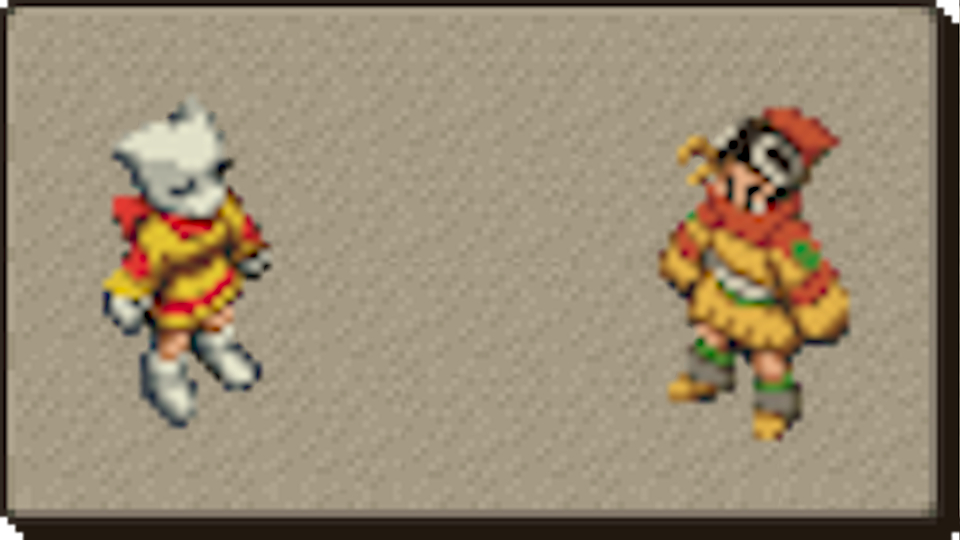
Mime
Style: 2 Shenanigans: 9 Sass: 5 Stoutness: 5
Best abilities: n/a
As a strange looking yellow-clad weirdo, the Mime lacks any skills whatsoever, and basically exists as a gimmick job and reward for characters who grind enough to level up most jobs. Instead of having skills (or equipment, since the Mime can’t wear any), the Mime will copy the actions of other allied units exactly.
With careful planning, you can set up a Mime to act like a cog in a well-timed Rube Goldberg machine of your own design on the battlefield. They’re especially good at copying Dancer and Bard skills, since they will copy every instance of their usage and there’s no need to position them correctly for it to work. Nod silently if you love shenanigans.

Sarah is a contributor for PC Gamer, formerly of TechRadar Gaming. With five years of experience writing freelance for several publications, she's covered every genre imaginable and probably a few she made up. She has a passion for diversity and the way different genres can be sandboxes for creativity and emergent storytelling, and loves worldbuilding. With thousands of hours in League of Legends, Overwatch, Minecraft, and countless survival, strategy, roguelike, and RPG entries, she still finds time for offline hobbies like tabletop RPGs, wargaming, miniatures painting, and hockey.
You must confirm your public display name before commenting
Please logout and then login again, you will then be prompted to enter your display name.

